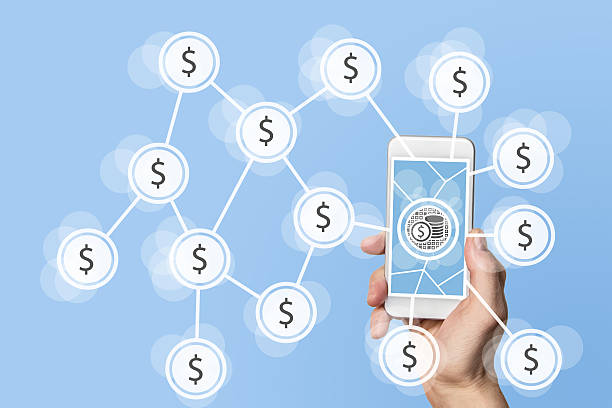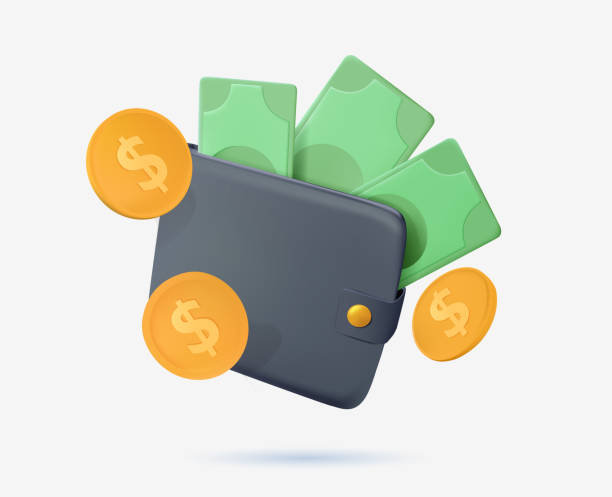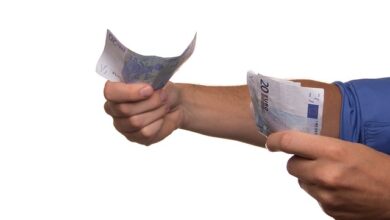Understanding Micropayments and How to Use Them in Business

In our current market, people may now buy almost anything online, often for extremely little amounts; this is known as micropayments. A micropayment is commonly understood as a transaction of less than a dollar. Furthermore, one can even use a fraction of a cent to purchase anything from digital assets. Such assets include eBooks, movies, and songs to services such as video editing.
Micropayments are becoming a more relevant and safe method to make online payments. As a result, several businesses can offer their services digitally. So how do micropayments operate, and how would you incorporate them into your company model? We’ll go over several instances of micropayments, and tactics for incorporating micropayments into your business payment services in this post.
Read: Virtual Company: How Does It Work?
What are Micropayments?
A micropayment is a small transaction for minor commodities or services such as freelance work, royalties, bonuses, advertising fee, and other tangible or digital goods that is frequently done online. Micropayments have also been proposed as a way to pay for internet-based articles in newspapers.
The company determines the size of a transaction that qualifies as a micropayment and payment processor handling the transaction. Micropayments are then any transactions less than a dollar. Others regard five-dollar, ten-dollar, and even twenty-dollar transactions.
Prior to the introduction of micropayments, gaining a subscription to premium material like online newspapers and magazines required a user to pay for 30 days or a full year’s membership in advance. Thanks to micropayments, this is no longer the case. A single day’s access may be purchased for a fraction of the initial price. Due to a number of obstacles, micropayments have yet to become widely accepted.
These are some of them:
- In terms of usability and security,
- There is a lack of trust.
- This payment mechanism likewise faces hurdles in terms of user interface and billing process.
Why Should Businesses Use Micropayments?
Many businesses, from small shops to major corporations, profit from micropayments. Companies may attract increased business by selling more items and services by allowing their present and future consumers to purchase only the movies, music, and material they desire.
Providing a post-payment option to their clients stimulates impulsive buying, especially among consumers who prefer acquiring low-cost downloading games and other entertainment items.
How to Implement Micropayments in Your Business
A merchant or development team can open a bank account with a third-party micropayment provider, who will receive, store, and disburse the payments. To conduct minor transactions, consumers must also create an account with the same micropayment provider and go through an authentication procedure. The service provider keeps track of the micropayments in a digital wallet till they reach a particular amount. At this moment, the funds are transferred to the intended beneficiary.
Read: How to Choose the Best Credit Card Reader for Your Business
Businesses that utilize a prepaid micropayment system, such as PayPal, use a micropayment processor with which their customers create an account. Each customer then deposits dollars into the account, which they may later use to make micropayments on tiny transactions such as digital downloads. PayPal takes a portion of the payment as well as a modest service fee.

Micropayment processors need businesses to identify methods that save them the most money in transaction costs. Since it makes more sense to pay a modest price to download a digital movie or song rather than pay hefty shipping and handling fees to receive a physical copy, most micropayment platforms participate in online transactions.
Types of Micropayments
There are different types of micropayments. They include;
i. prepay
The prepay approach, as the name indicates, requires customers/users to pay before accessing the material. Most online games, publications, and social media sites use this concept, which supplies consumers with a list of instructions as well as a payment option. The downside is that buyers must pay for access to the information before they can view it.
Read: How to Identify Bias in Business Compliance and Address It
ii. Post-pay
Customers must make payments after receiving an excess under the post-pay model. Digital music platforms follow this paradigm, where the user listens to music. If the user enjoys it, he will purchase the right to download it. Many firms use both prepayment and post-payment strategies at the same time.
iii. collaborative
Most online publishing companies use the collaborative technique, in which they leave a link to many websites. Since not all producers have a large enough audience on platforms to sustain the micropayment system, the collaborative model is a great solution for small publishers. The benefit of this platform is that it allows multiple publishing platforms to collaborate and operate from it.
iv. Pay-as-you-go
Users may pay whatever they choose with a Pay-as-you-go micropayment system. From a marketing perspective, this is a poor strategy. The collaborative system has the advantage of being a very supportive approach for users.

Examples of Micropayment System
a) Upwork
Upwork is a well-known online marketplace for freelancers. The platform connects the freelancer with the recruiter by aligning the freelancer’s skill set to the client’s job description. For example, a company wishes to employ a writer for $6 per hour, and the job will assist the customer in finding the best applicant.
Upwork would get $60 from the customer and create a digital wallet on behalf of the freelancer if the assignment was completed in 10 hours. The freelancer may take money out whenever he wants, or he can save it in the digital wallet when he earns more and takes it out later.
b) Media
Some well-known platforms employ a micropayment system, in which you must pay a few cents to read an article or a newspaper. You can read it at your leisure.
c) Art
By including a pay button, the art community generates donations on behalf of the artist. Everyone contributes a modest bit to the artist’s support.
Final verdict
Micropayments allow companies to extend their number of clients by allowing customers to make modest payments for the products or services they desire. Making micropayments on digital commodities like movies, eBooks, and music has never been easier thanks to today’s eCommerce platforms.
Transaction costs, on the other hand, continue to be an issue for micropayments. Micropayment systems that can save money while providing a pleasant user experience are a requirement for online businesses that employ this payment method.
Other Articles you Might Be Interested in:
How To Start an eCommerce Business from Scratch in 2022




